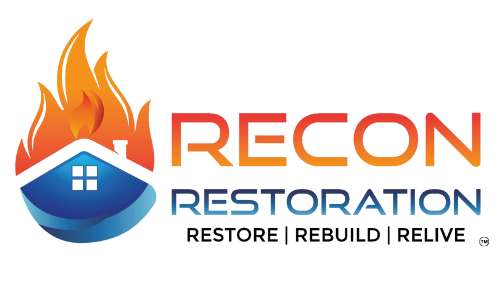Mississippi’s warm, humid climate creates an ideal environment for mold growth, making it a common problem for homeowners in the state. With average humidity levels reaching upwards of 79% for much of the year, the perfect environment exists for various species of mold to survive and thrive. Having a basic understanding of how to prevent, identify and remediate mold is important for maintaining a healthy home in these conditions. It’s essential to spot the signs of mold early and take quick action against it. Here’s a brief guide to help you keep on guard for a mold infestation.
Understanding Mold in MS
The state’s high humidity, combined with frequent rains and warm temperatures, creates an ideal breeding ground for mold spores. Mold becomes a problem indoors in places where excessive moisture exists, such as basements and crawl spaces, and often goes unnoticed until it has spread over a large area.
Common Types of Household Mold
Several types of mold are commonly found in Mississippi homes, including:
- Cladosporium: Often found on fabrics and wood surfaces.
- Stachybotrys chartarum (black mold): Thrives in areas with constant moisture.
- Alternaria: Commonly found in damp areas like bathrooms and basements.
- Penicillium: Often appears as a blue or green growth on food or damp materials.
All of these species of mold can cause health problems in sensitive people, including allergic reactions and respiratory issues.
Identifying Mold Growth
The signs of a mold infestation include spots and discoloration on walls, ceilings and floors; visible mold growth; and a strong, persistent musty odor. Look for it when you see evidence of water damage or excessive moisture. However, mold can also be present behind walls or under flooring, making professional inspection necessary for accurate identification of an infestation.
Health Risks Associated with Mold
Exposure to mold can cause a variety of health issues, sometimes serious, especially in vulnerable people like children, the elderly, asthmatics, and people with compromised immune systems. These include allergic reactions like irritated eyes, sinus pain, skin irritations, shortness of breath, and breathing difficulties.
Prevention Strategies
To keep mold at bay, maintain indoor humidity at low levels, ideally below 60%, and ensure proper ventilation in crawl spaces, basements, attics, bathrooms and kitchens. Conduct regular inspections of high-risk areas, and address leaks and water damage quickly, drying the area as soon as possible.
Mold Remediation Process
Professional mold inspection and removal involves the assessment and containment of the infestation; removal of contaminated materials like drywall and insulation; cleaning and disinfection of surfaces; and restoration of the affected areas.
DIY vs. Professional Remediation
While small areas of mold can be tackled by a homeowner, larger infestations will require a professional using special equipment and techniques to remove the mold safely.
Recon Reconstruction is a leading professional mold remediation contractor in Central and South MS. Call us first whenever you have a problem.

